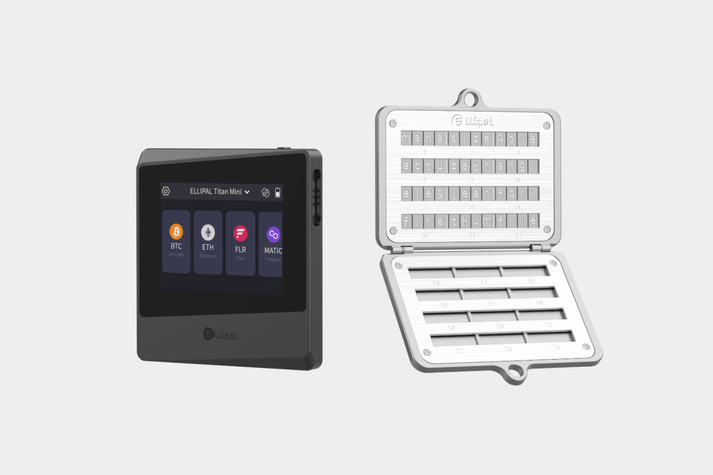Top Tips for Keeping Your Crypto Safe in a Cold Wallet
Body
In the world of cryptocurrency, security is paramount. One of the most effective ways to safeguard your digital assets is by using a crypto cold wallet. This article will provide you with in-depth insights and practical tips on how to keep your crypto safe using a cold wallet.

What is a Crypto Cold Wallet?
A crypto cold wallet is a type of cryptocurrency wallet that is not connected to the internet. This makes it significantly less vulnerable to hacking attempts and other online threats. Cold wallets are often physical devices, such as USB drives or specialized hardware wallets, that store your private keys offline.
Why Use a Crypto Cold Wallet?
Using a crypto cold wallet offers several advantages:
- Enhanced Security: Since cold wallets are offline, they are immune to online hacking attempts.
- Long-term Storage: Ideal for holding large amounts of cryptocurrency for extended periods.
- Peace of Mind: Knowing your assets are stored securely can provide significant peace of mind.
Top Tips for Using a Crypto Cold Wallet
To maximize the security of your crypto cold wallet, consider the following tips:
1. Choose a Reputable Cold Wallet
Not all cold wallets are created equal. It is crucial to choose a reputable brand. For instance, the Ledger Nano S is a popular choice among crypto enthusiasts.

2. Keep Your Private Keys Secure
Your private keys are the gateway to your cryptocurrency. Ensure they are stored in a secure location, preferably in a safe or a secure vault. Never share your private keys with anyone.
3. Regularly Update Your Wallet Firmware
Manufacturers often release firmware updates to enhance security and add new features. Regularly updating your wallet's firmware can help protect against potential vulnerabilities.
4. Use Multi-Signature Wallets
Multi-signature wallets require multiple private keys to authorize a transaction. This adds an extra layer of security, making it more difficult for unauthorized users to access your funds.
Common Questions About Crypto Cold Wallets
Many users have questions about crypto cold wallets. Here are some common queries:
Are Cold Wallets Completely Safe?
While cold wallets offer enhanced security, they are not entirely foolproof. Physical theft, loss, or damage to the wallet can still pose risks. Therefore, it is essential to take additional precautions, such as keeping backups of your private keys.
Can I Use a Cold Wallet for Daily Transactions?
Cold wallets are best suited for long-term storage rather than daily transactions. For frequent transactions, consider using a hot wallet, which is connected to the internet and more convenient for everyday use.
Conclusion
In conclusion, a crypto cold wallet is an excellent tool for safeguarding your digital assets. By following the tips outlined in this article, you can enhance the security of your cryptocurrency holdings. Remember, the key to effective crypto security is a combination of the right tools and best practices.
"Security is not a product, but a process." - Bruce Schneier
For more information on crypto cold wallets, check out this video guide.










Comments